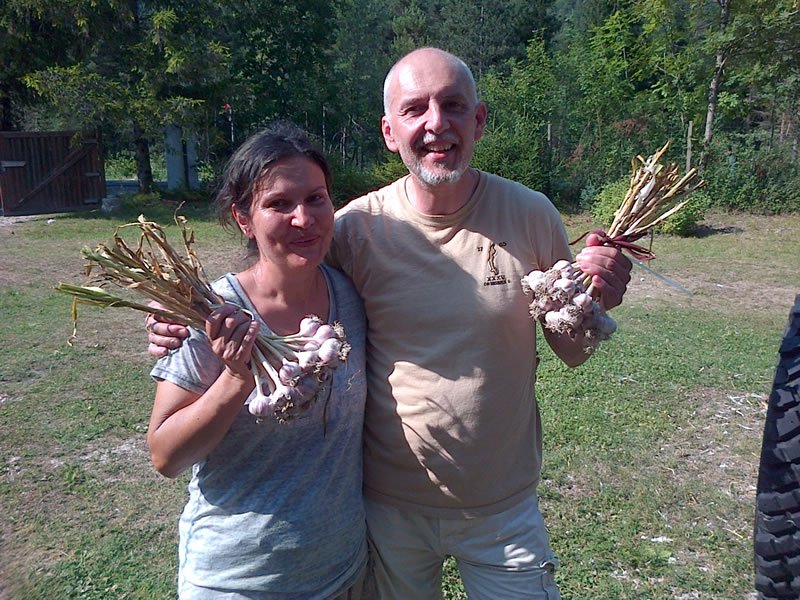
For a while I’ve wanted to write about the “Aglio di Resia” (the garlic from Resia valley) and what my Italian cousin Donatella is doing to bring this wonderful ingredient the fame it deserves, however I’ve always waited and waited, despite her numerous invitations to go there and see what’s going on. That is until this summer! I decided to spend some time in the north-east of Italy (the name of the region is Friuli Venezia Giulia), near the borders of Slovenia and Austria.
But let’s start with a bit of background information before getting to the real story. Donatella has spent most of her life as myself, in south Lombardy near Brescia, a place in the “pianura padana” (the Padan plain) which is not well frequented by tourists. It has very hot and humid summers (full of annoying mosquitoes, of course) and unbelievably cold and foggy days in the winter.

Donatella’s mum (Auntie Ann) is a native of the Resia Valley in the region of Friuli Venezia Giulia, and her family used to spend every summer holiday with their relatives in the valley for as long as I can remember. My mum is from Friuli too and she used to be a nursery teacher in a small Resia village called Oseacco. Now, to cut a long story short, my dad’s brother (from Brescia) got married to Donatella’s mum (Auntie Ann) and my dad got married to my mum; everybody moved to Brescia and the valleys of the Friuli could only be visited in the summer, when school holiday started. It was a long drive from Brescia, because at that time we didn’t have the motorways we have today, and a trip to Friuli meant 6-7 hours in the car where nowadays we can be there after 3 ½ hours driving.
I love Friuli, it’s my favourite place on earth – the place where my grandmother lived and where I spent my childhood just about every summer. I used to stay in Camporosso in Val Canale, a village at the foot of Mount Lussari (check this in internet and you will be amazed), just a few miles from the Austria/Slovenia borders. A place rich of history, where three ethnic groups have mixed together for centuries (German, Slavic and Latin) and where they fought each other during WWI and WWII (the book “The White War” written by Mark Thomspon is probably one of the best books I’ve read about WWI on the Italian front and gives lots of interesting information about the people and places of Friuli).
Now, coming back to Donatella, she has always felt a big pull to go back to Oseacco, her mum’s native village in Resia valley, so she bought a house there. Most of the old houses, after the 1976 earthquake (Terremoto del Friuli), were either destroyed or badly damaged. People rebuilt the houses with new materials and according to a more modern style, so it was inevitable that some of the original architectural features of the local buildings were lost forever, but Donatella wanted to do things in her own way; she wanted a house like the ones she used to stay when she was a child, so she changed her already restored house into what it was originally.
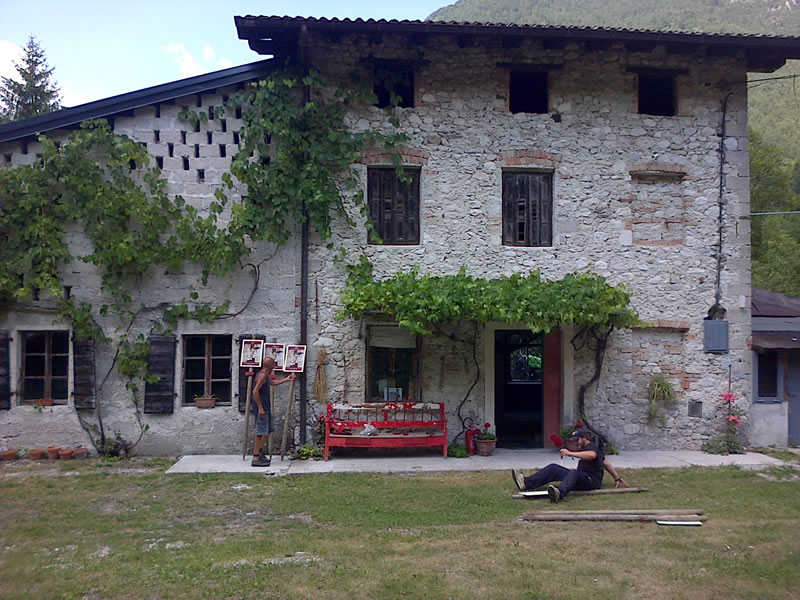
Her trips from Brescia to Resia valley increased; it was not just summer holiday, there was more to it! Donatella and her husband Renato have been successful entrepreneurs, running a company in Brescia, renting machinery for the building industry. A few years ago they decided to sell the company and do something else. Their entrepreneur spirit was not lost, so they soon bought a small “podere” in Resia valley, an old abandoned farm near the river and started to tidy things up. Uphill, above the farm, there were some fields where apparently local people used to cultivate garlic and this gave Donatella an idea. From that moment on, it’s been a roller coaster; she has been president of the local garlic association and they arranged for the garlic to be tested in a laboratory of Udine University and then they went to the “terra madre” exhibition in Turin.
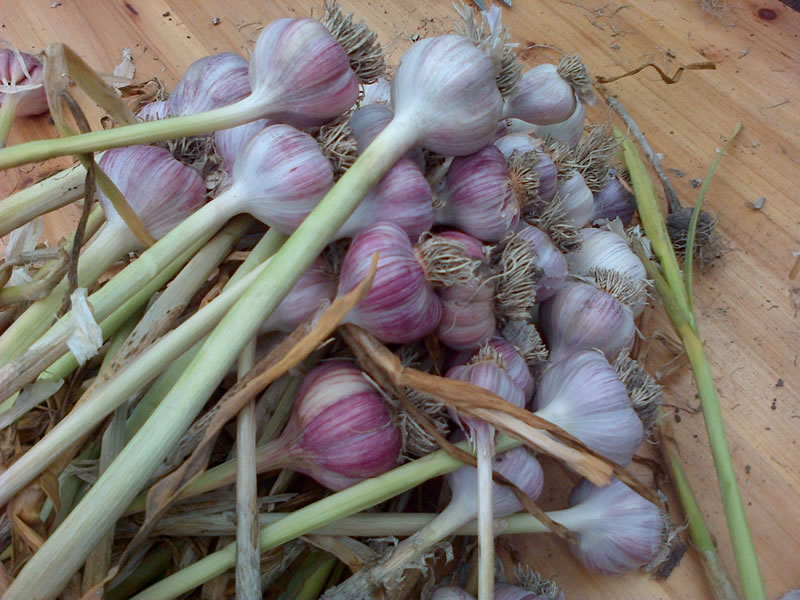
It is also a Slow Food presidia, which says a lots about how seriously they took the garlic project. The garlic of Resia, this beautiful white garlic with reddish stripes came back to life and fame and it seems that it has something different from the normal garlic we commonly find in the shops or supermarkets; the flavour, the organoleptic properties (probably due to the particular soil and climate of the valley) and the fact that allegedly it doesn’t upset the digestion are all features that the local producers are proud of.
I visited Donatella on the 19th July, and it was supposed to be a flying visit but then I stayed there for an extra day. She was running an important event to promote the garlic both as food and as tourist attraction, since July is time for the harvest and people can go and collect the garlic by themselves. Then, I also discovered that she produces a fantastic unpasteurised beer and you can imagine now why I stopped there for an extra day!
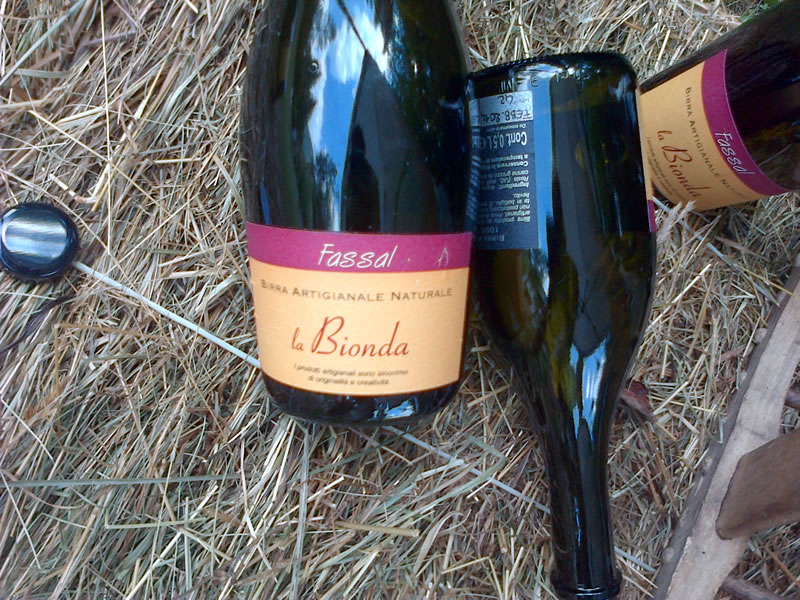
What a lovely place and what an amazing venture she’s threw herself into. I promised her that I would write something in the Italyum blog, to let people know about the garlic they produce and not only the garlic, because now they have also started to preserve the garlic and other parts of the plant in olive oil, to supply the local restaurants and deli shops. It’s an ongoing venture! Feel free to contact Donatella for more information about the garlic or, why not visit during the next years harvest! I have added lots of pictures below, so that you can have an idea of the place and people involved in this remarkable project.
You can write to Donatella Pezzaioli at this e-mail address:
This email address is being protected from spambots. You need JavaScript enabled to view it.”>

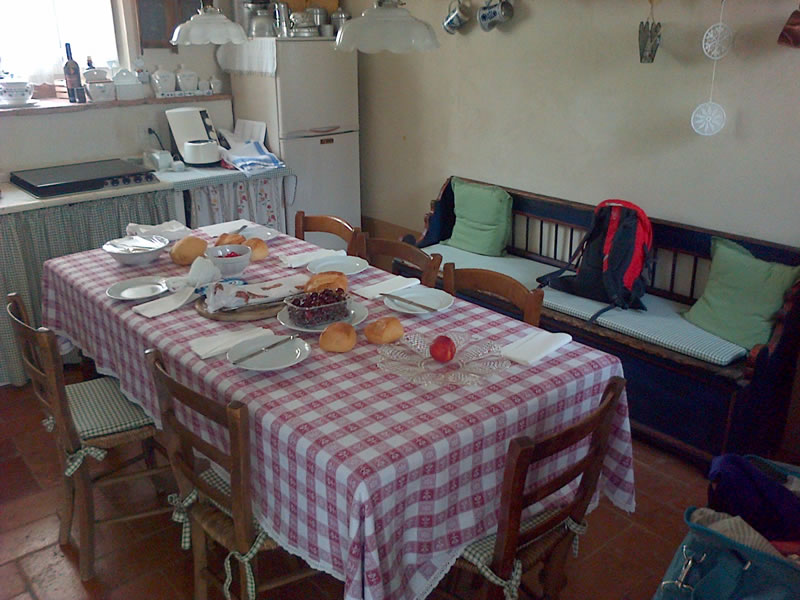
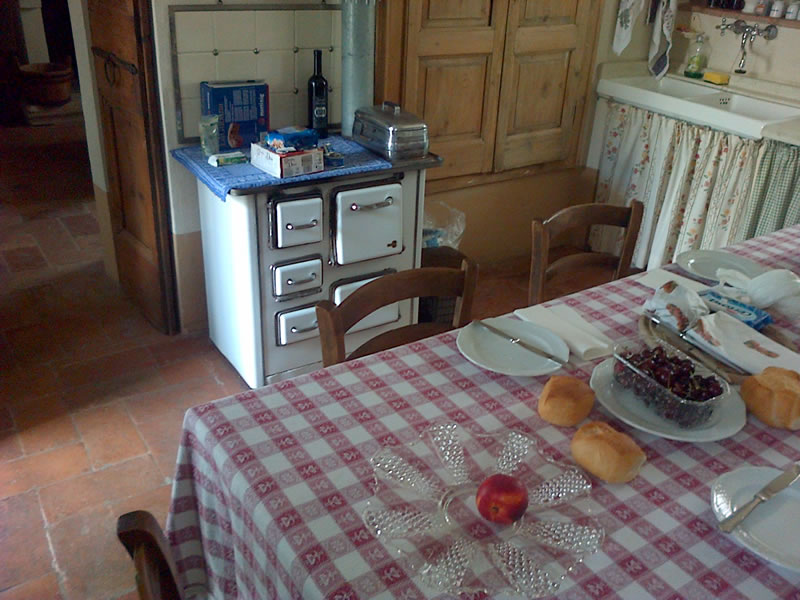
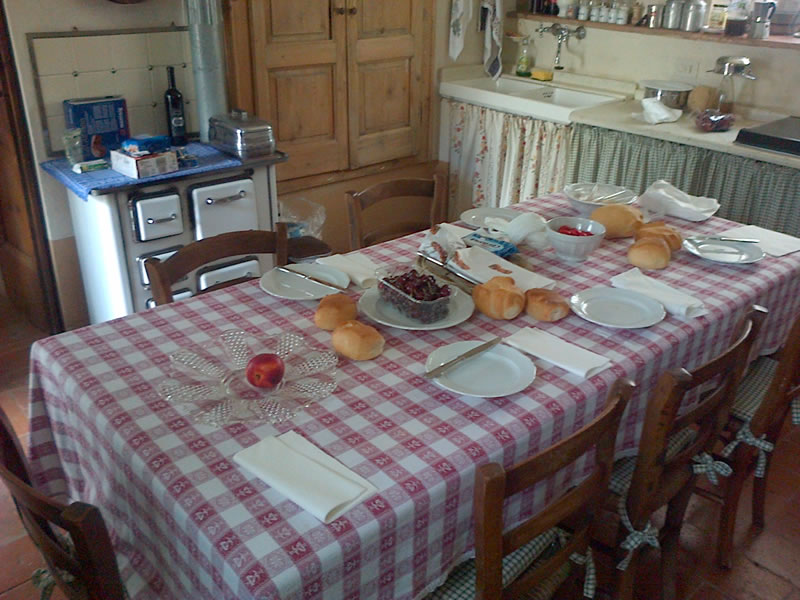
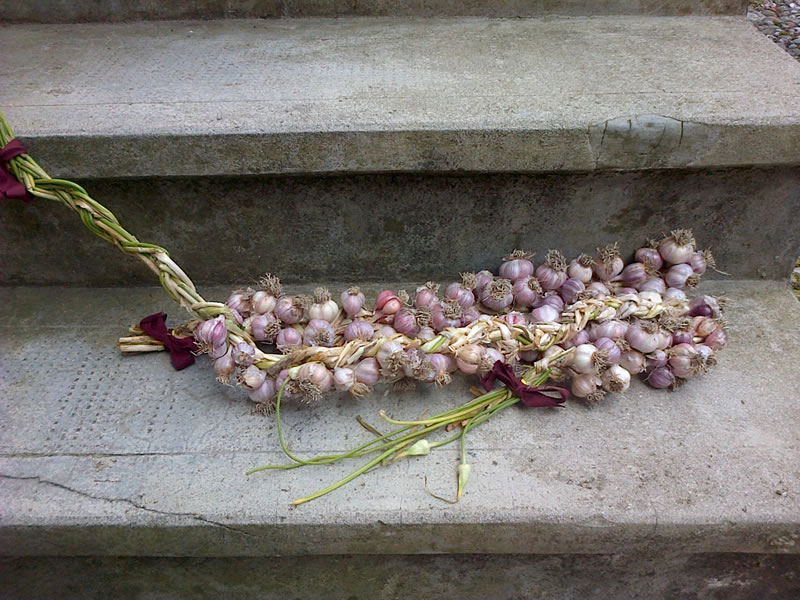
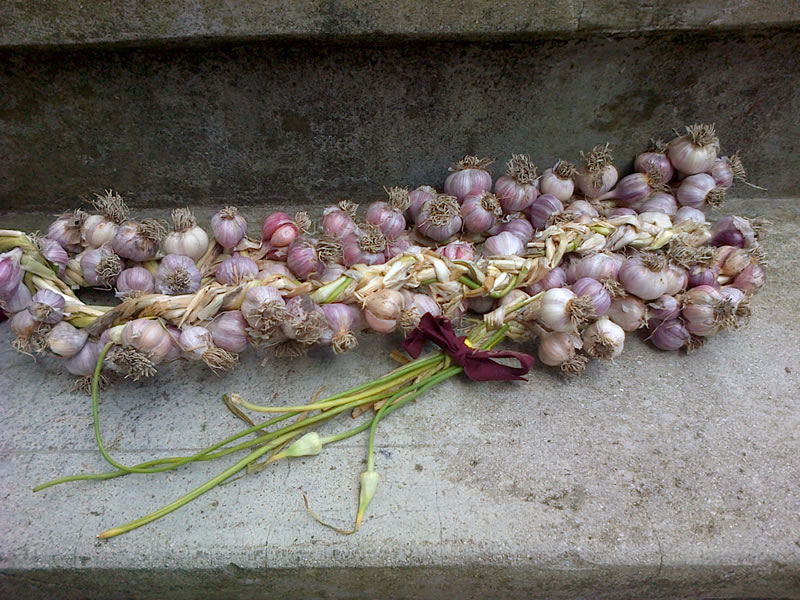


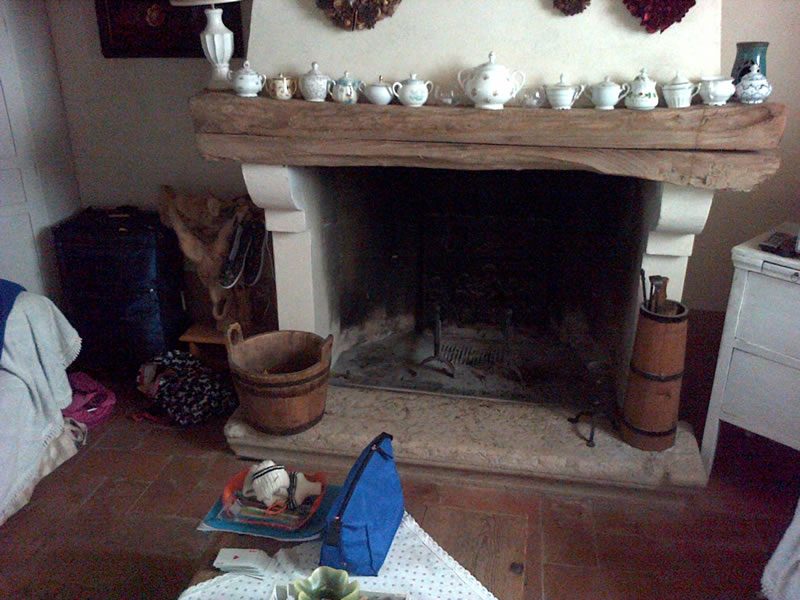
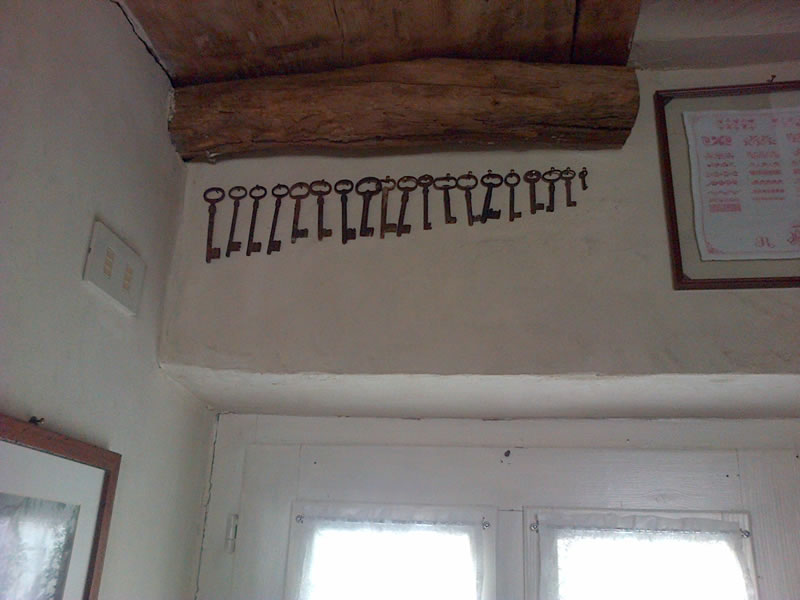
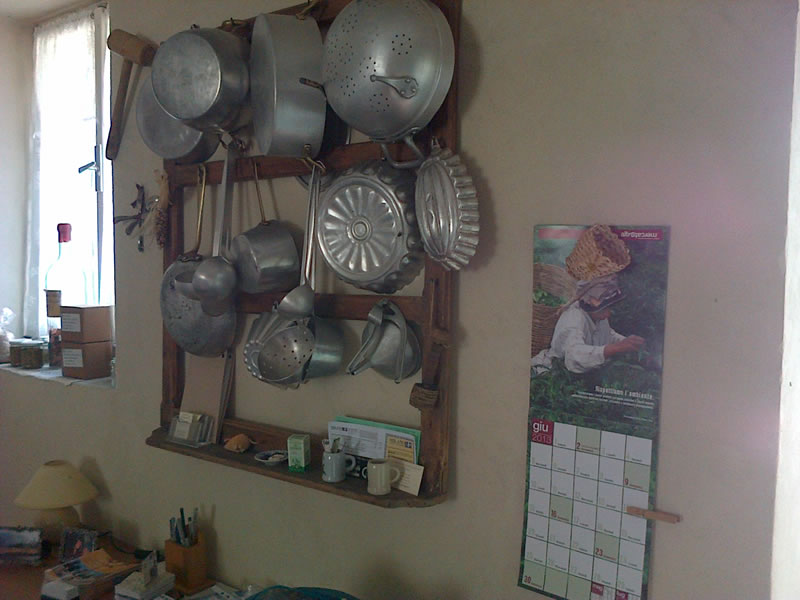
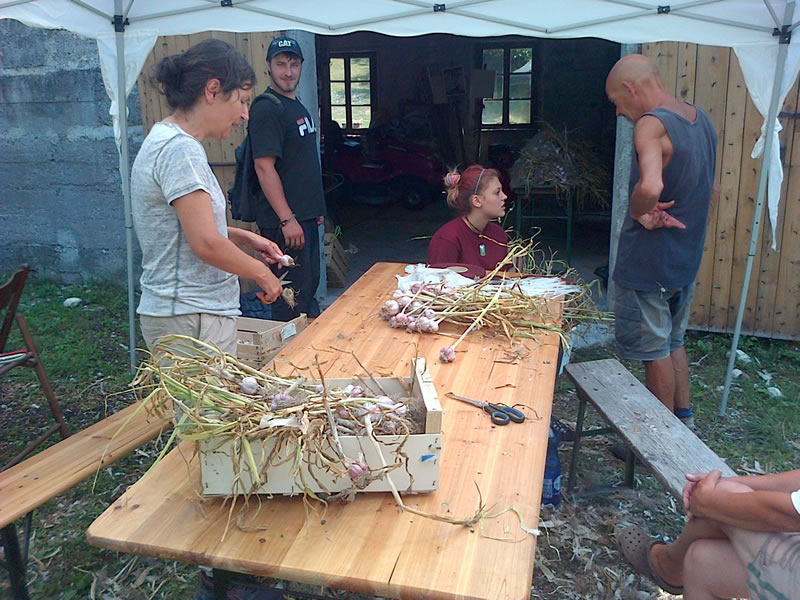
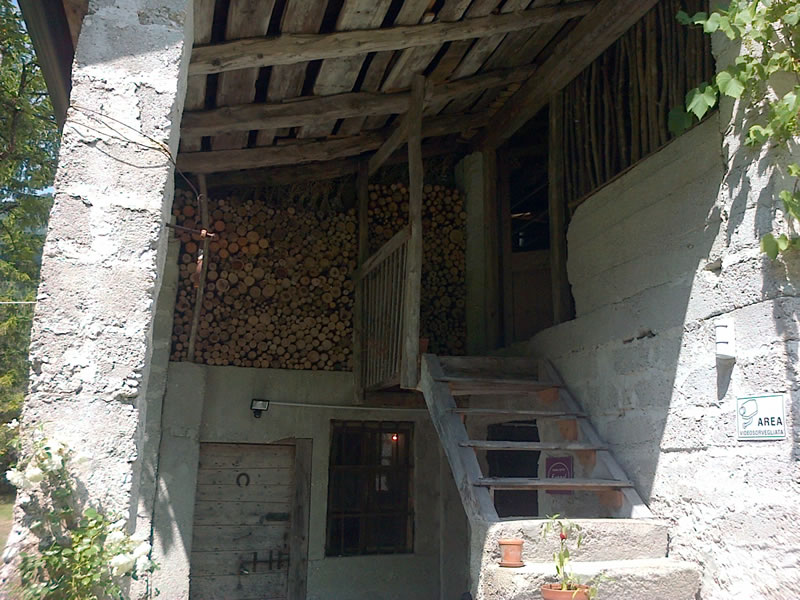
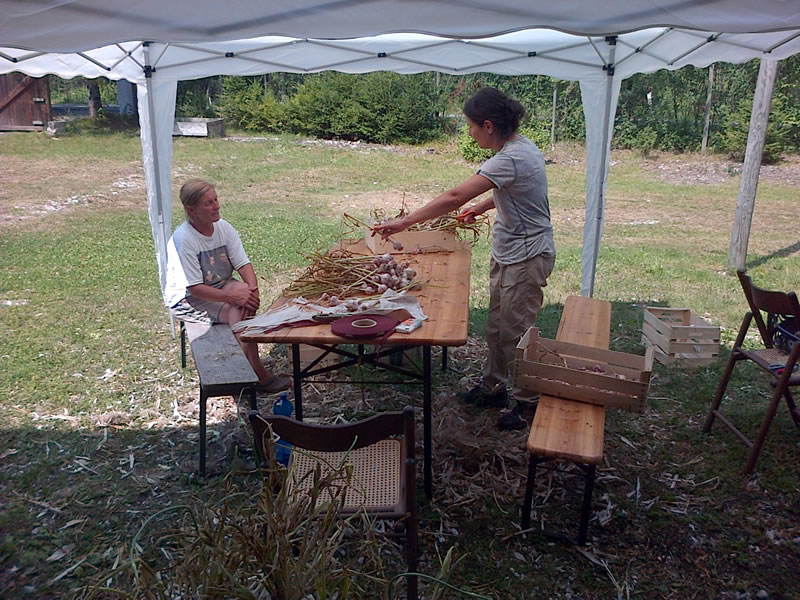
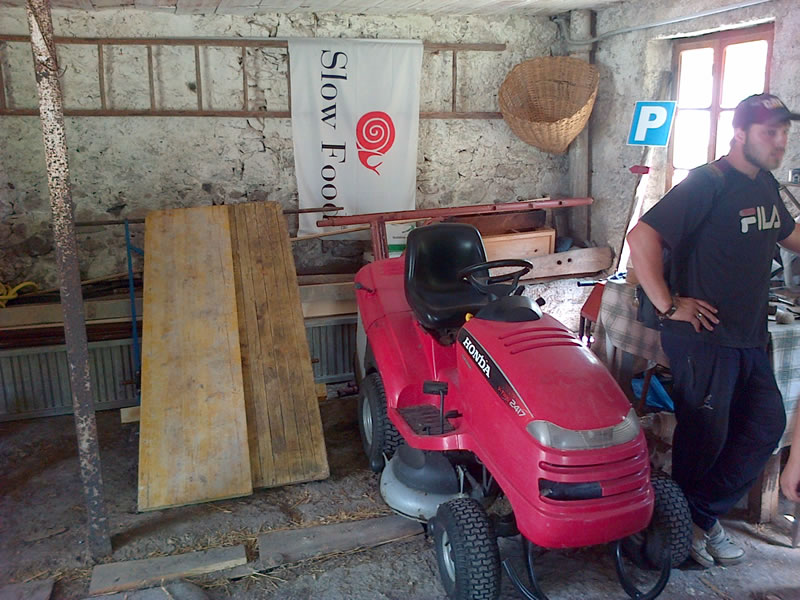
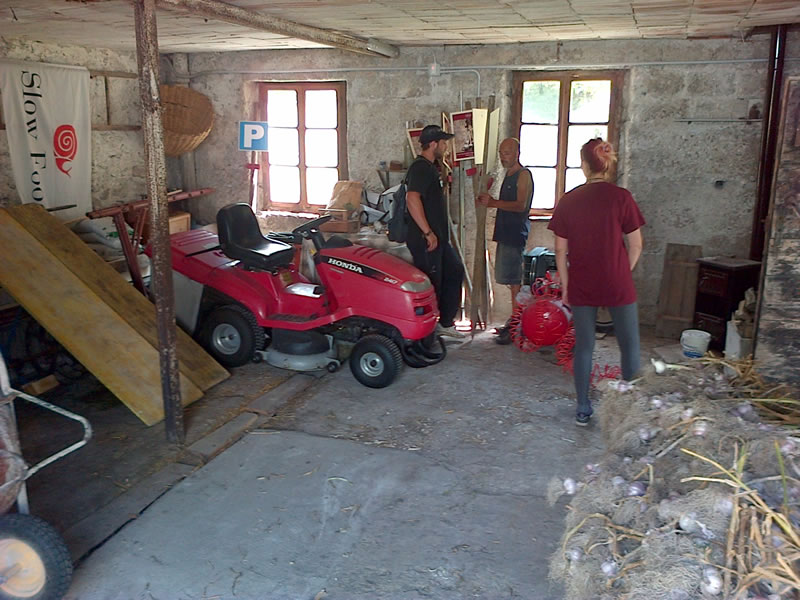
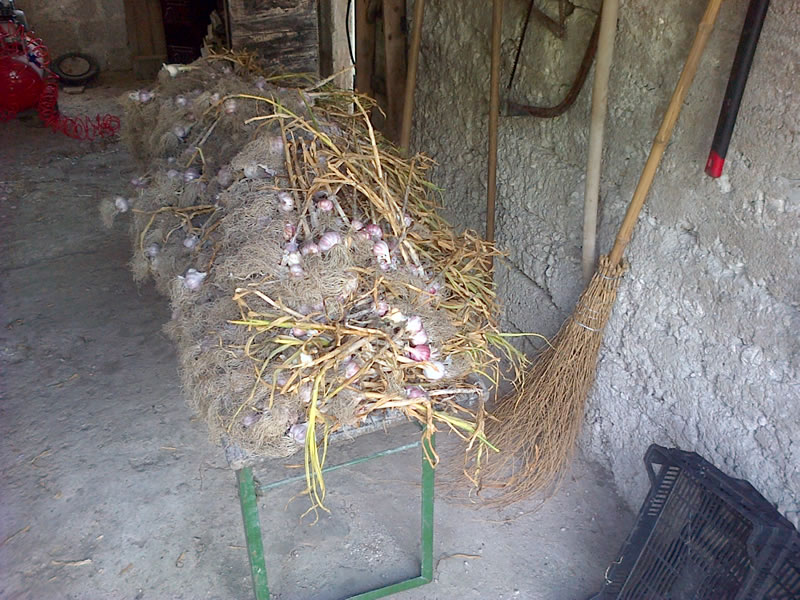
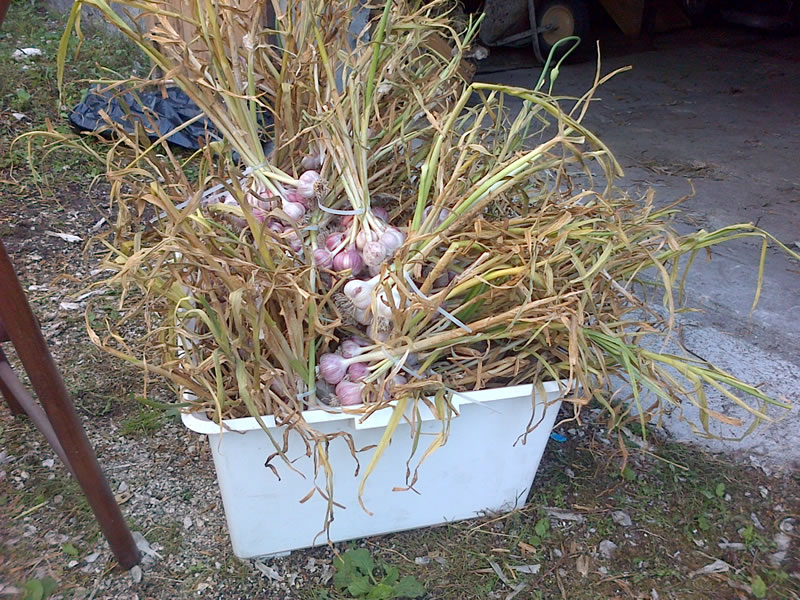
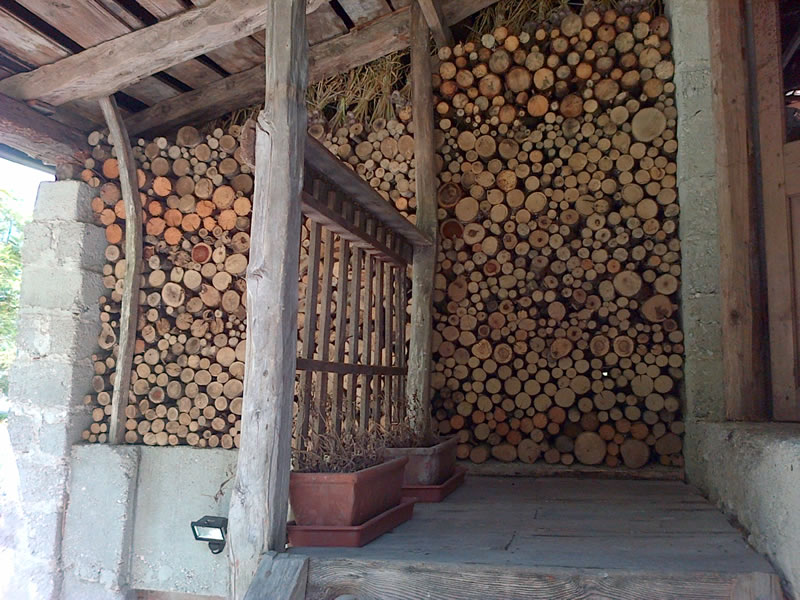
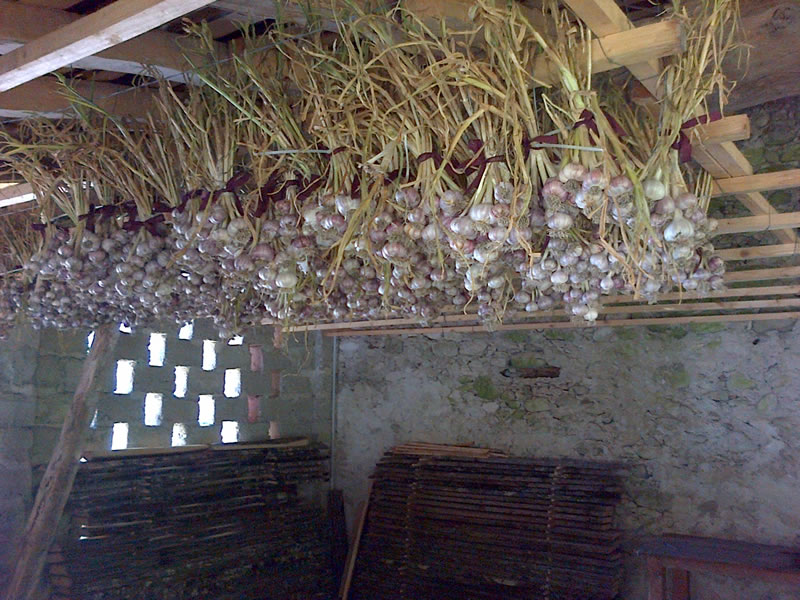
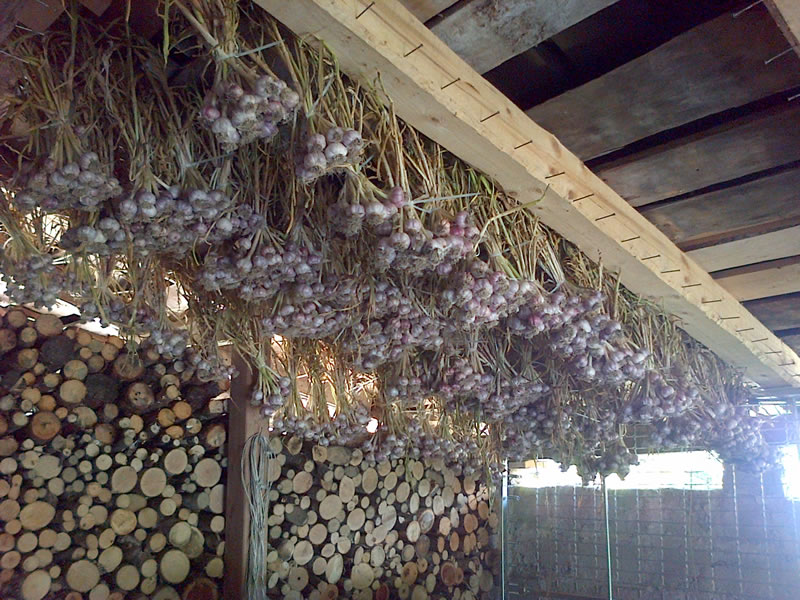

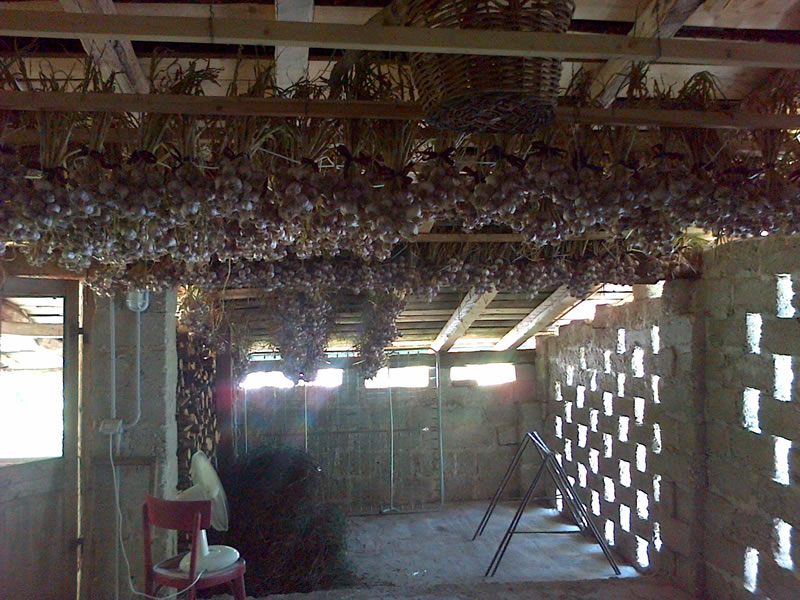
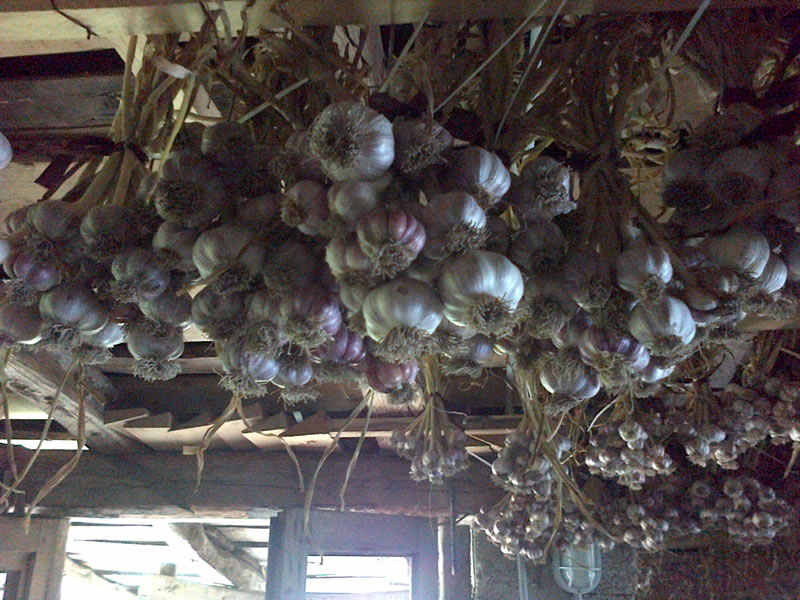
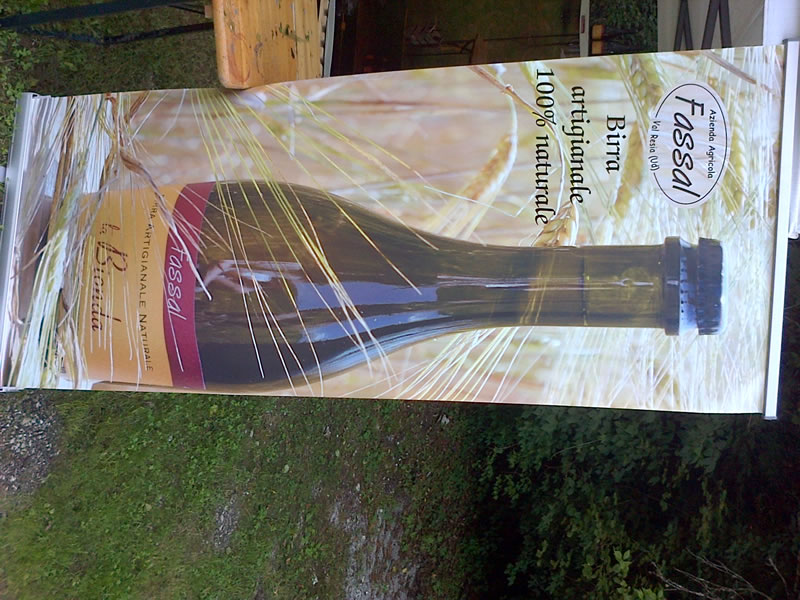
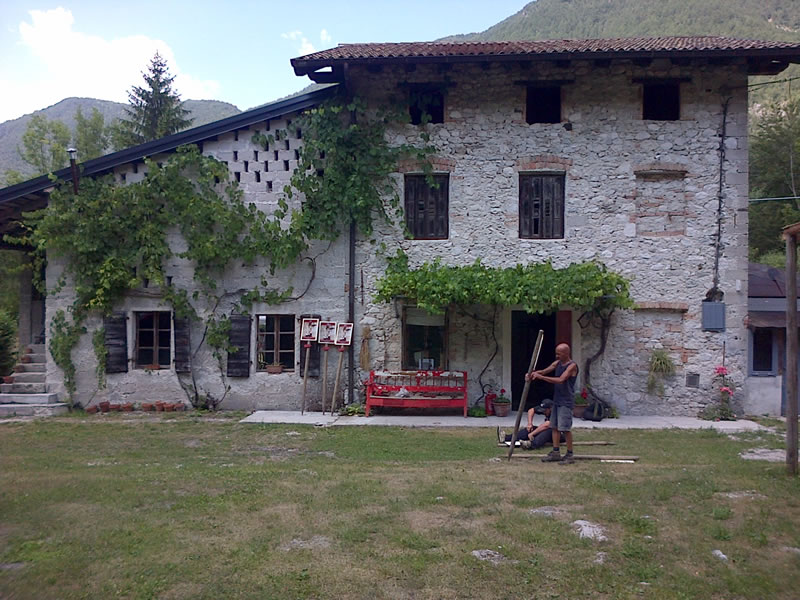
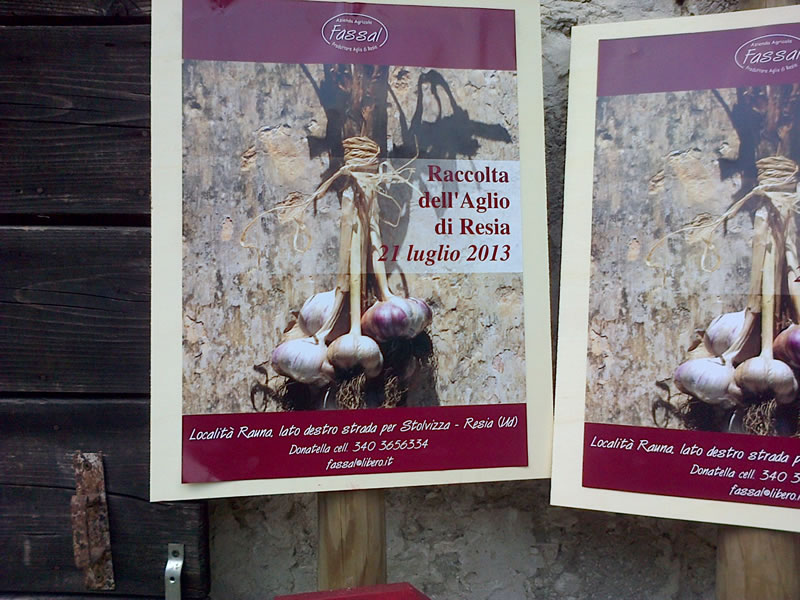
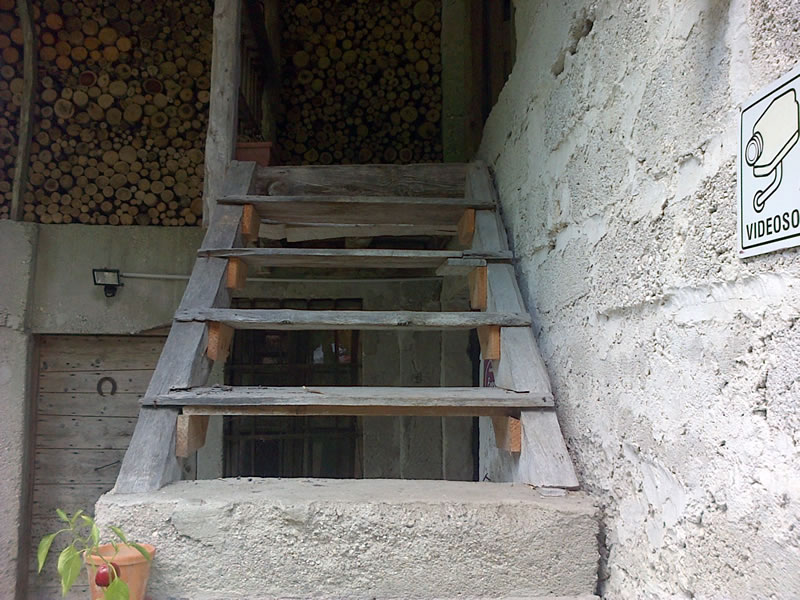

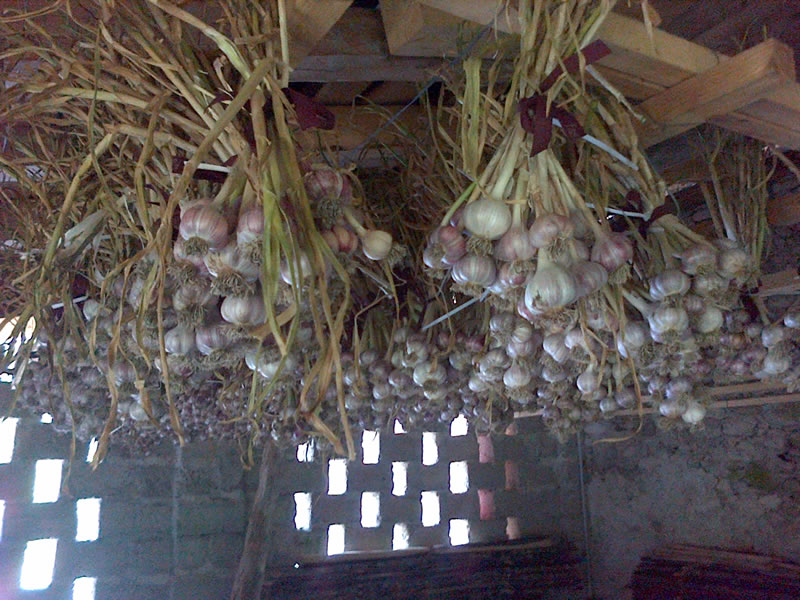

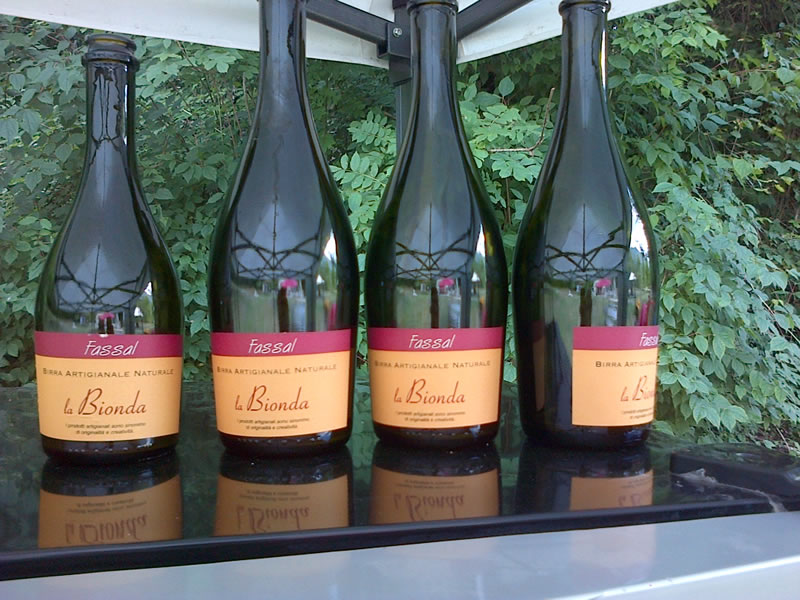
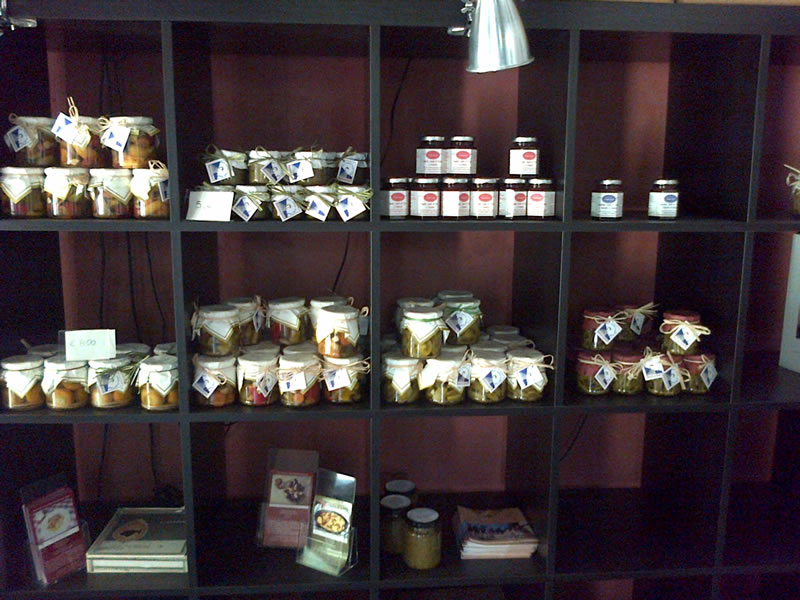
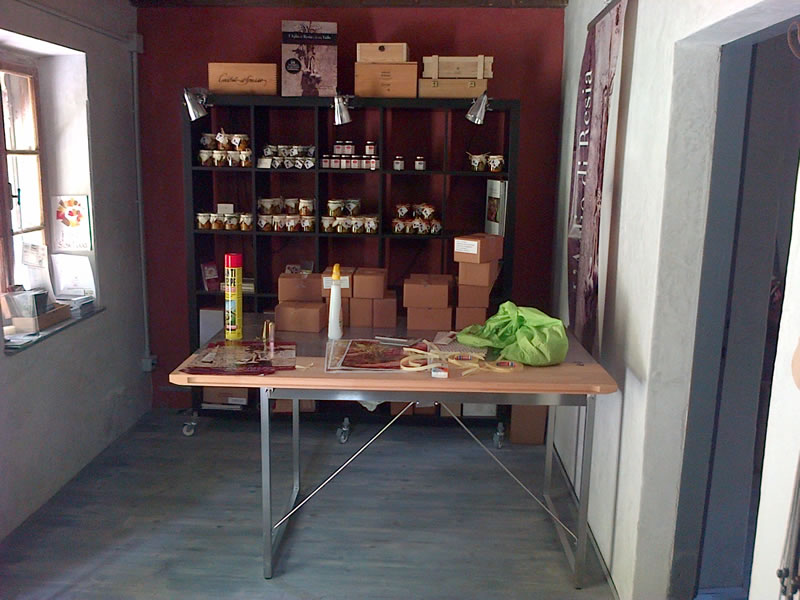
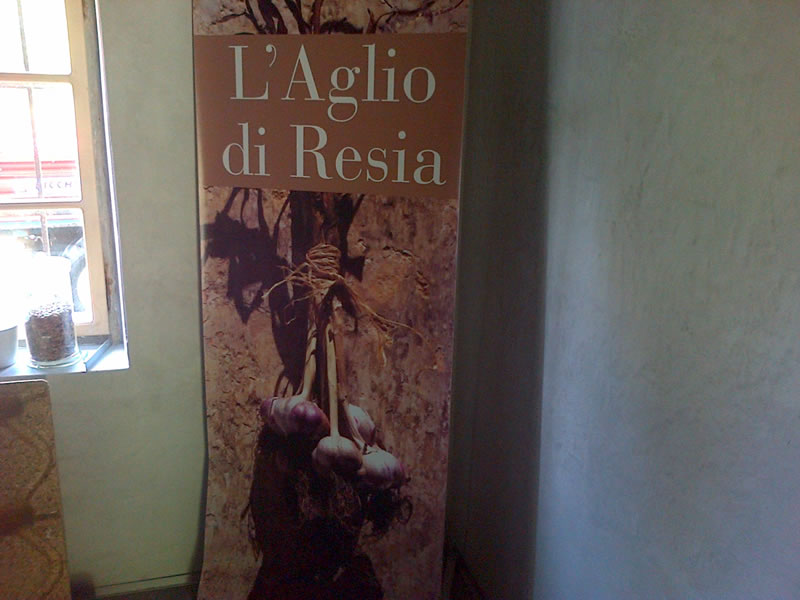
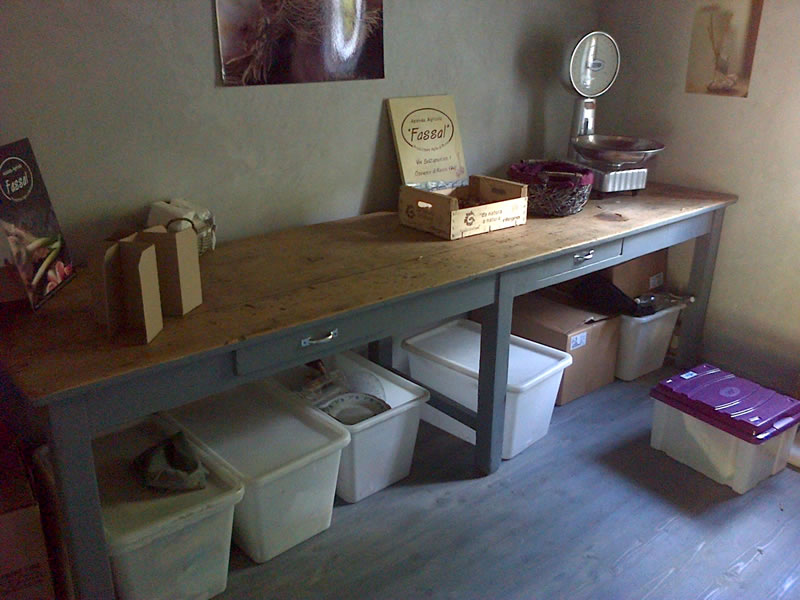
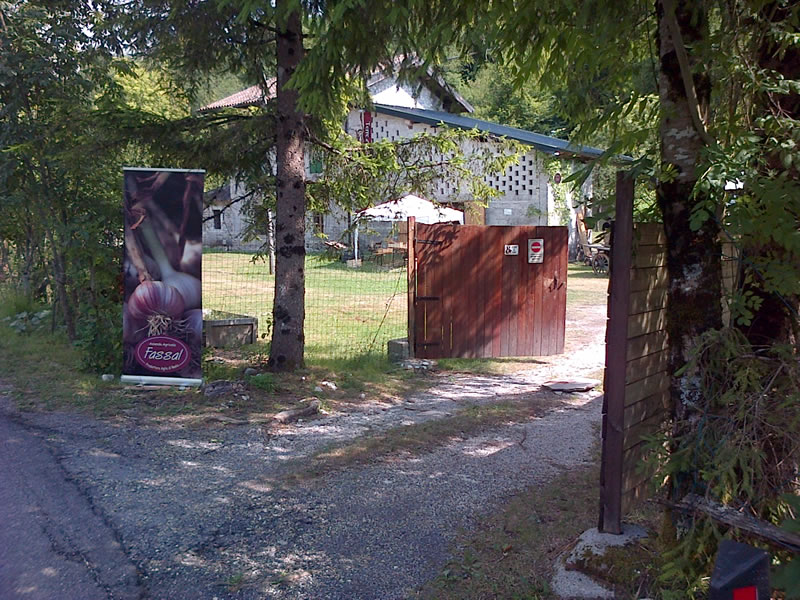
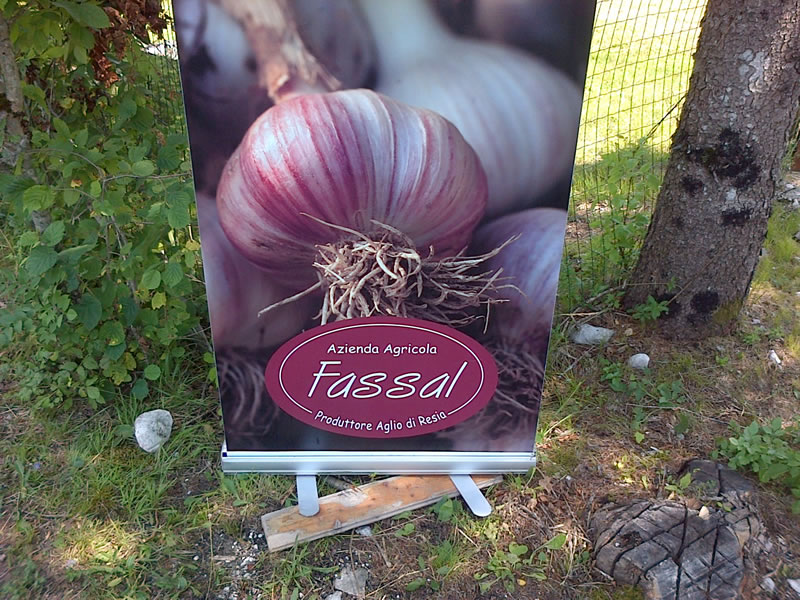
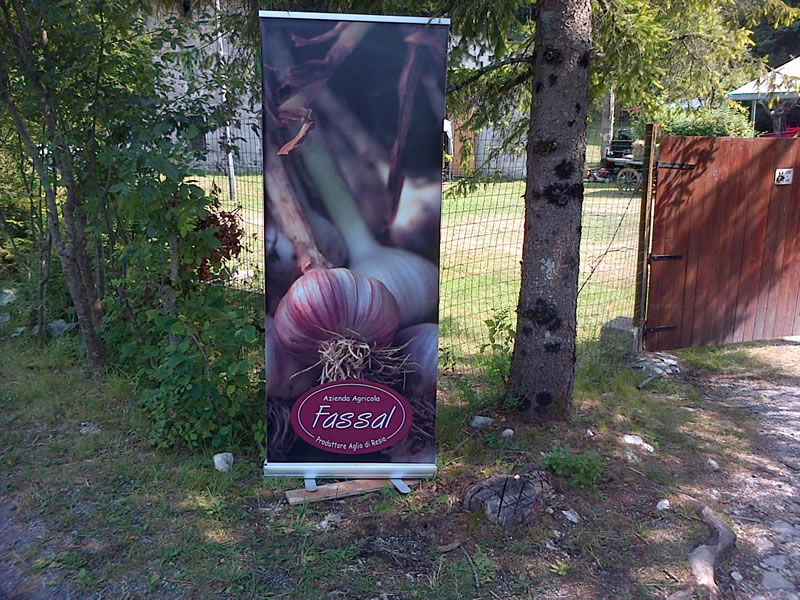
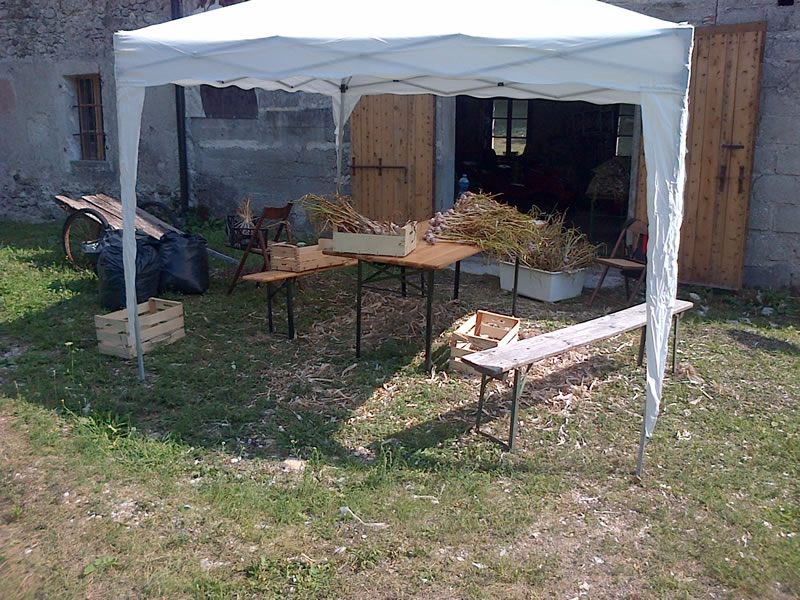
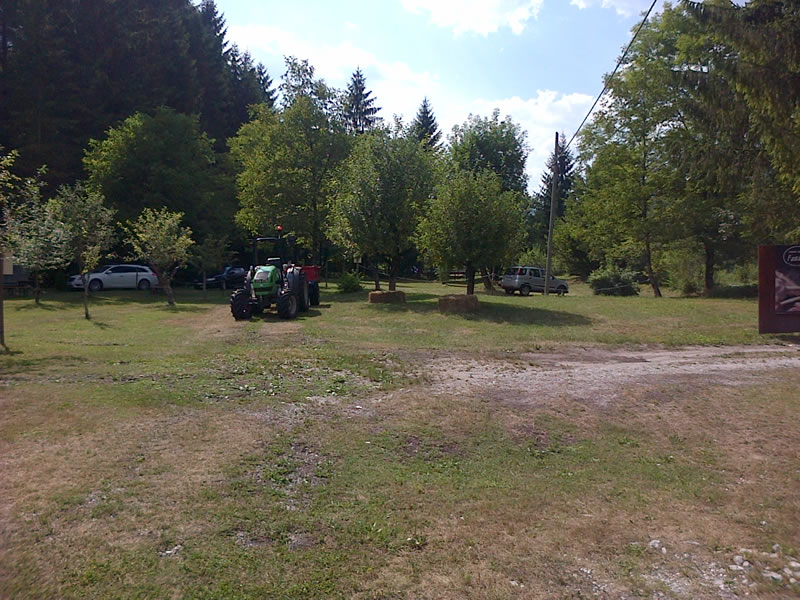
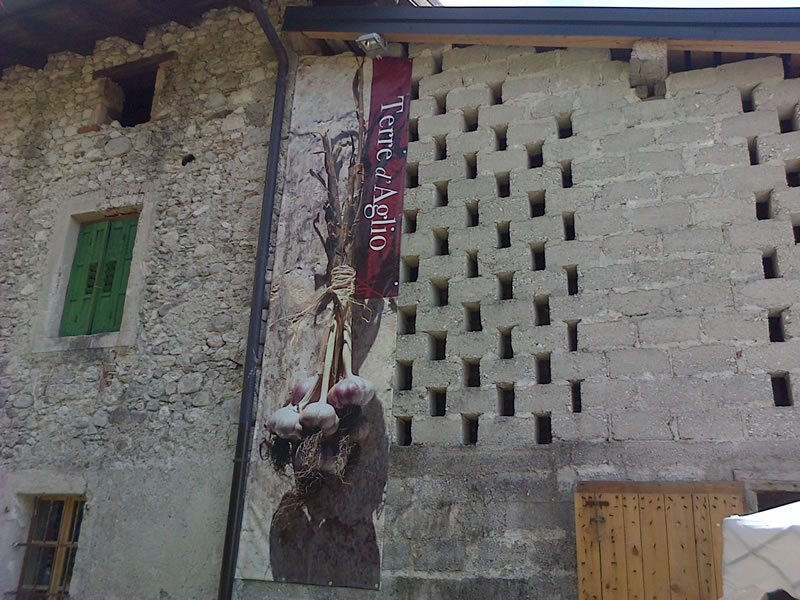
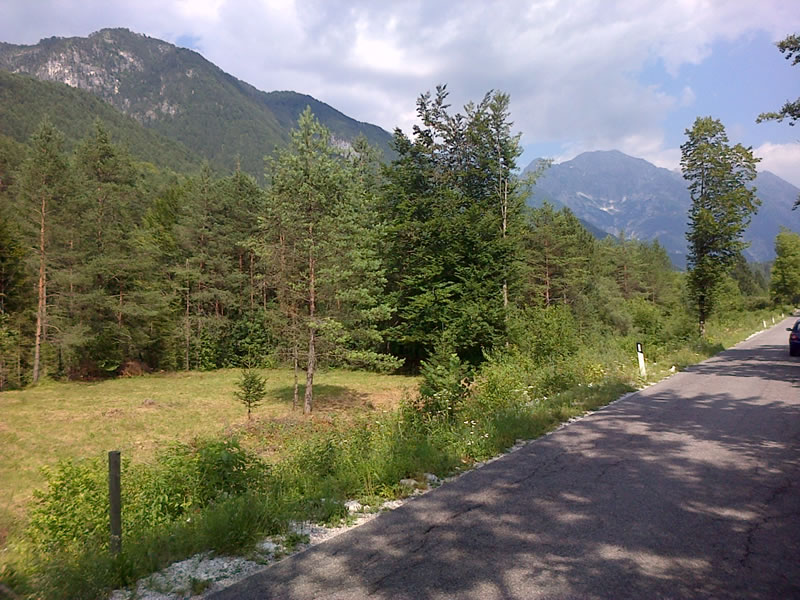
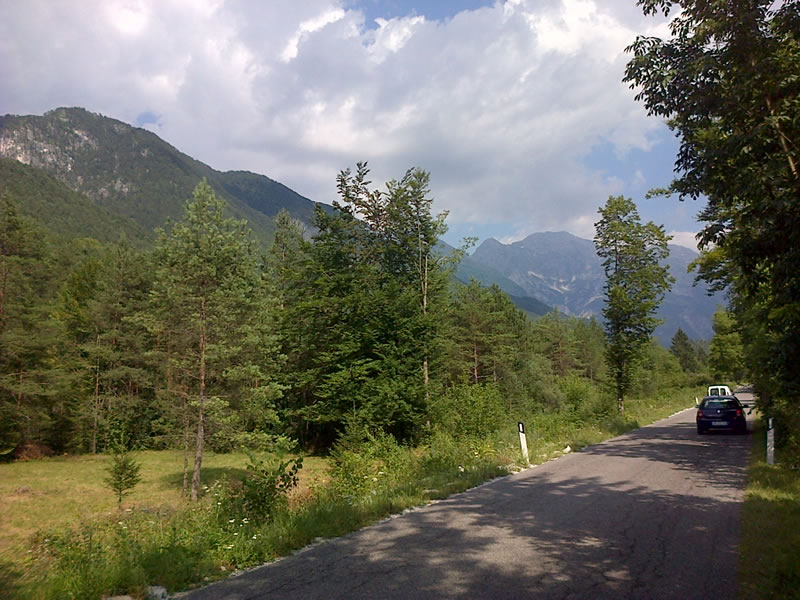
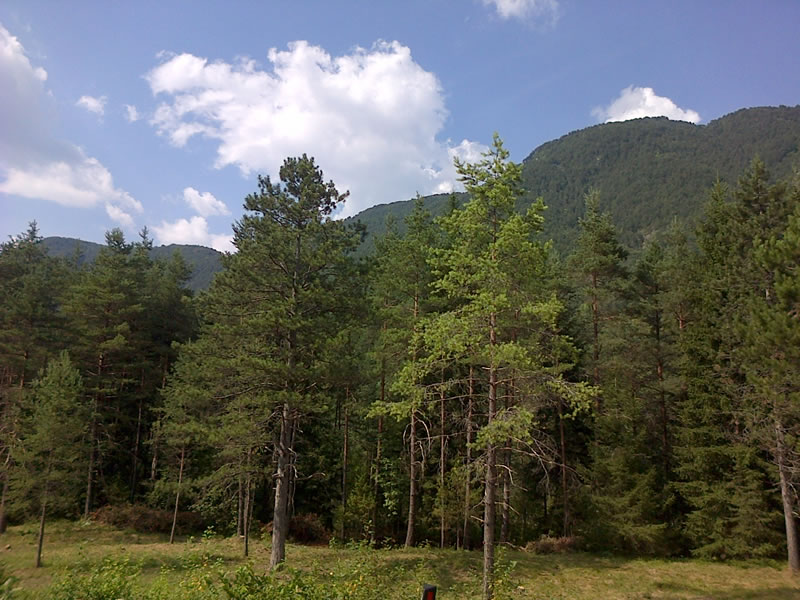
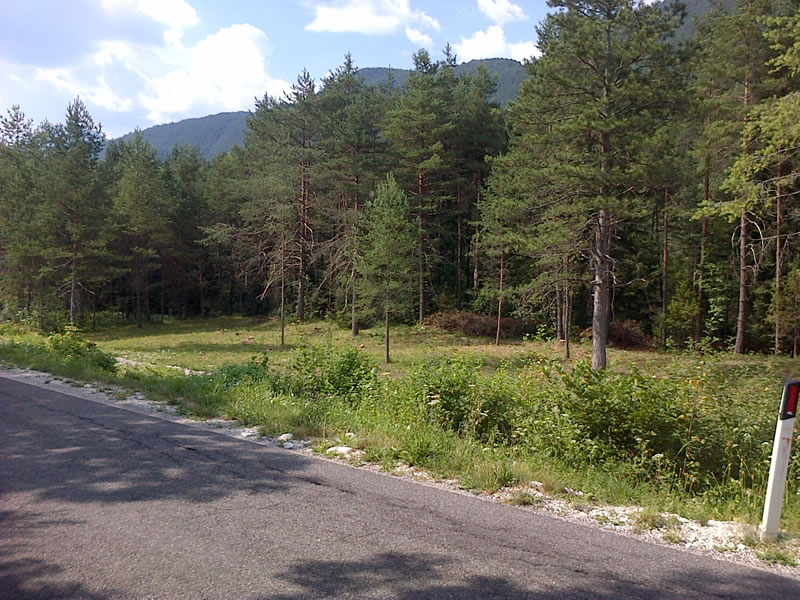
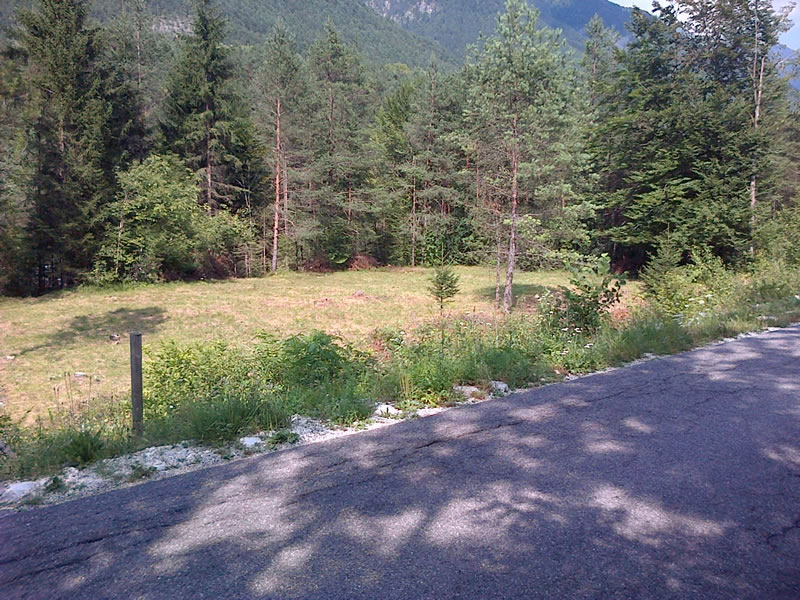
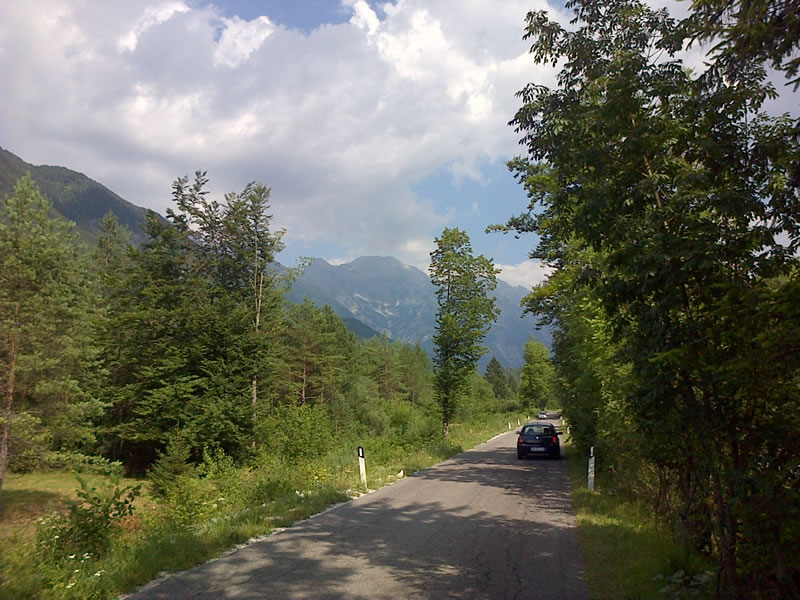
I just found your website and appreciate your clear instructions for the recipes and also your marvelous photos. Grazie mille!
Thank you for this!
I would like to contact her and hopefully order some to be placed in our little garden in East Croatia. Do you think you can forward me her e-mail or contact number? Thank you!